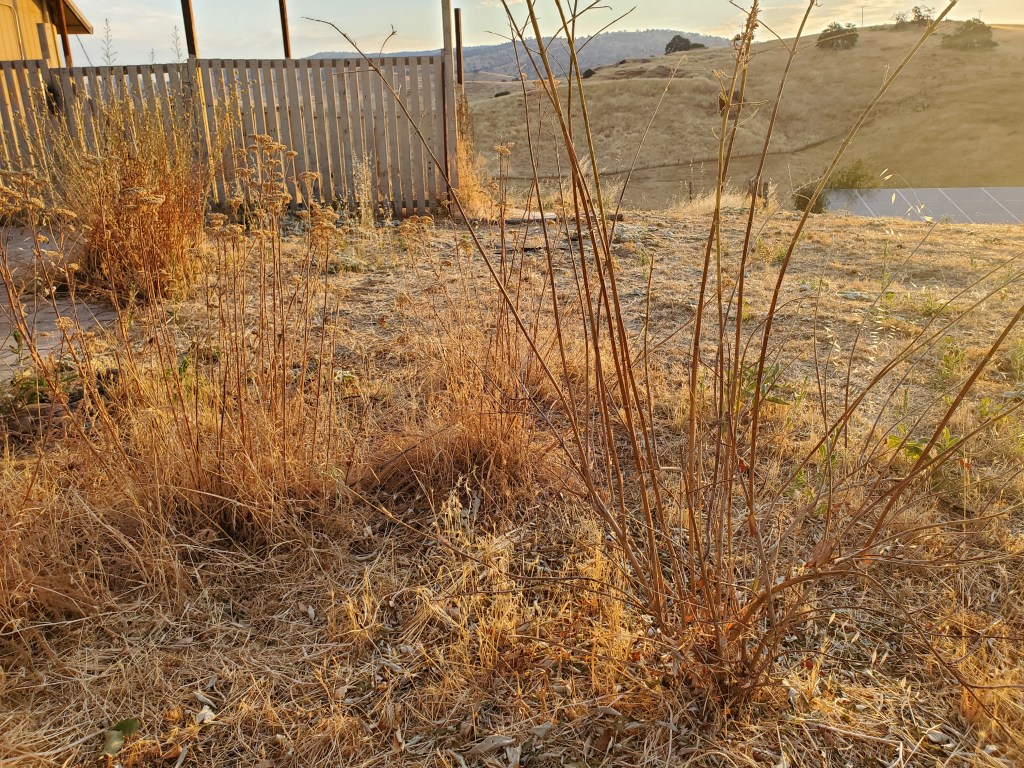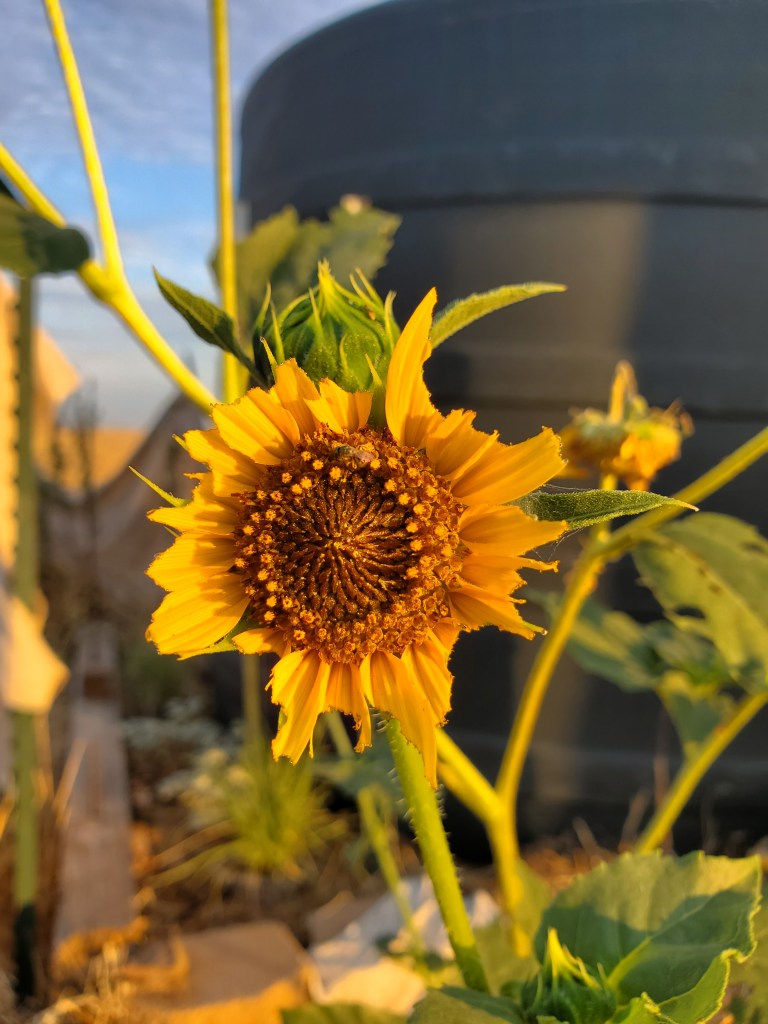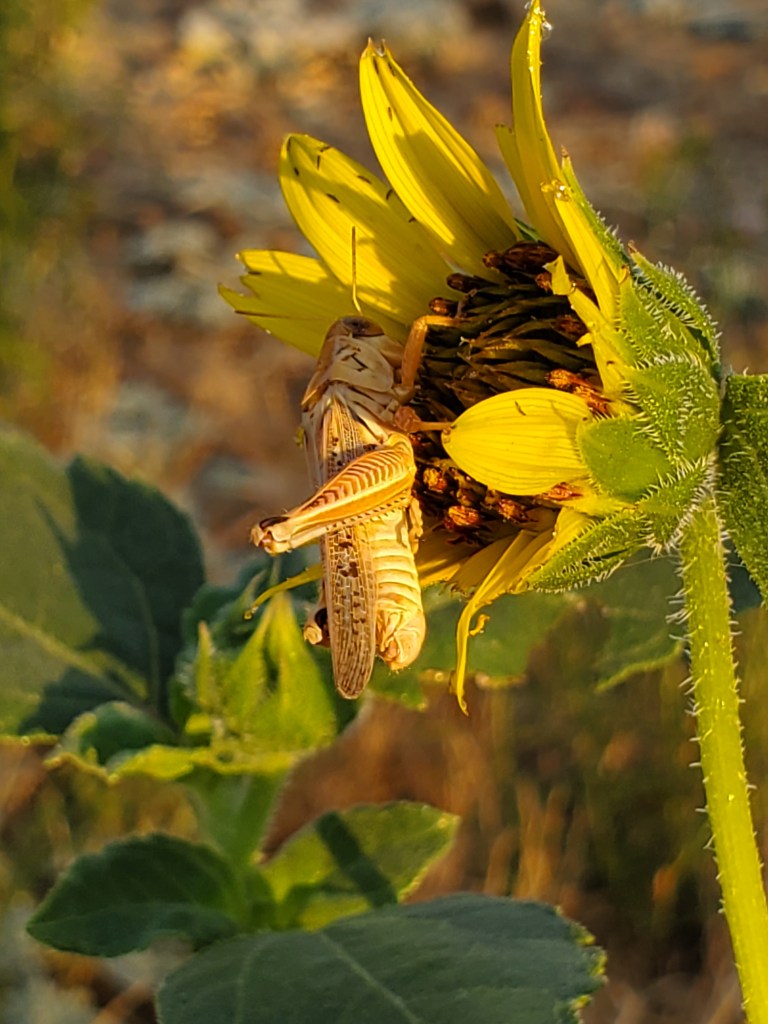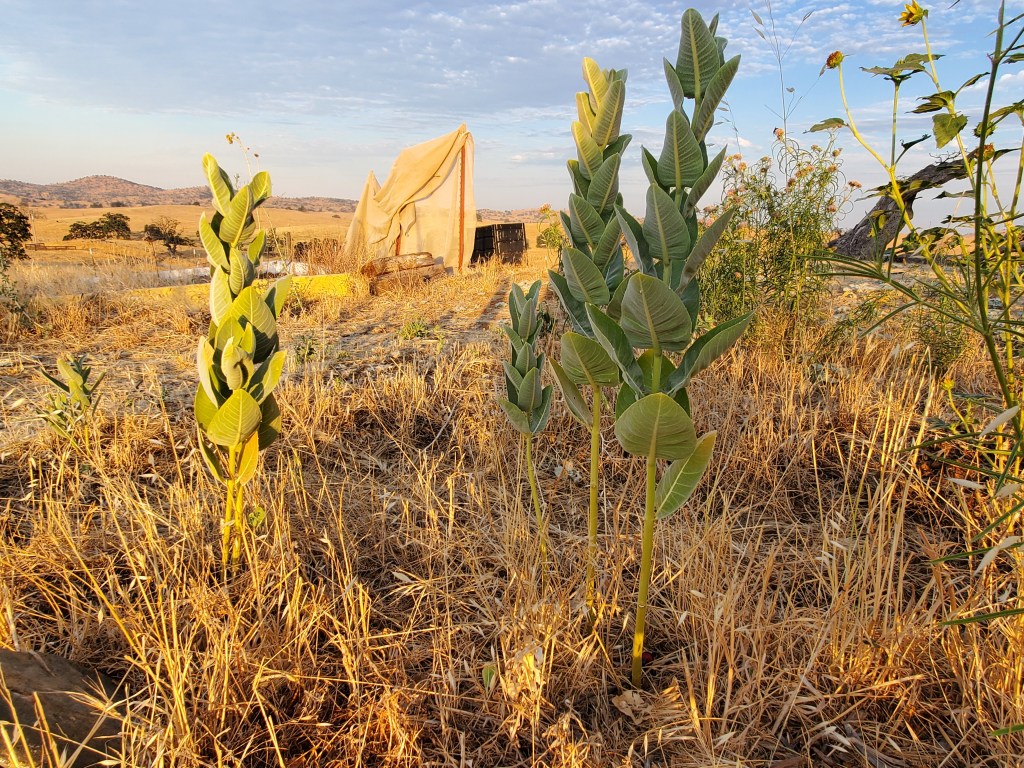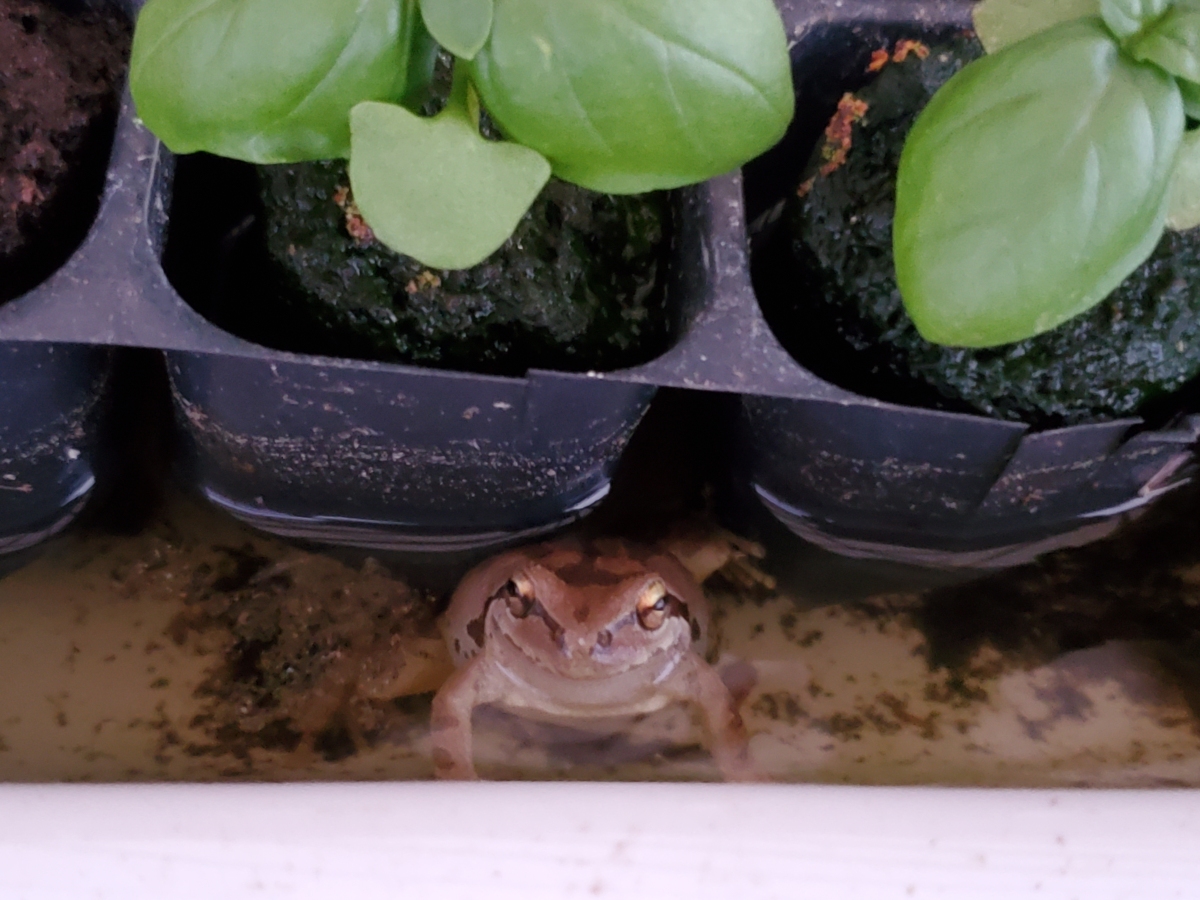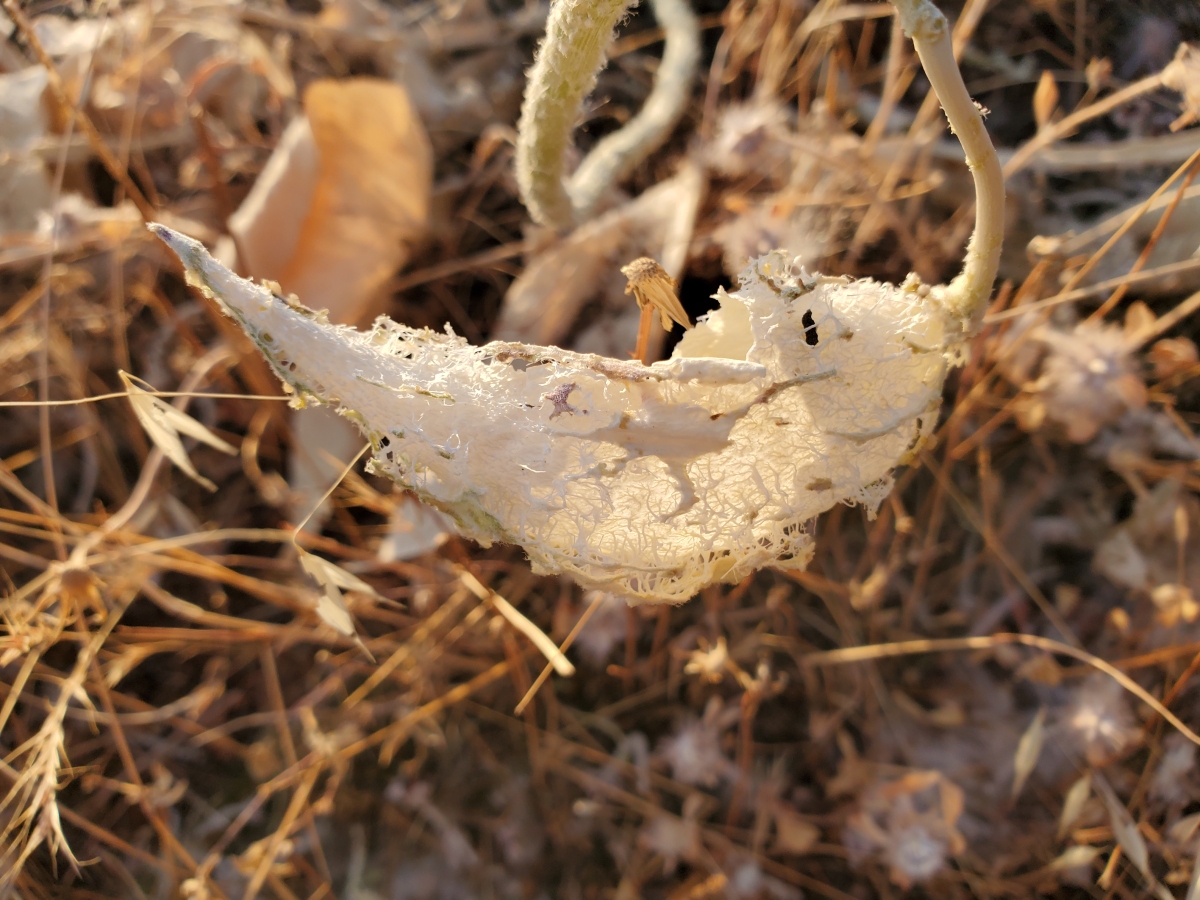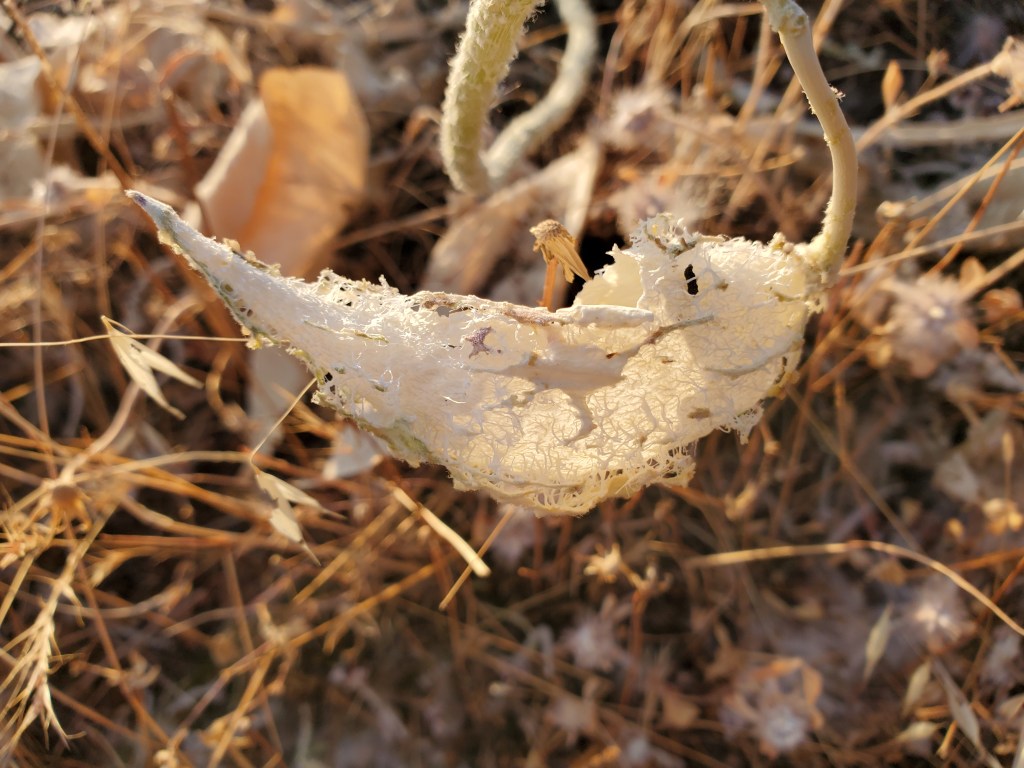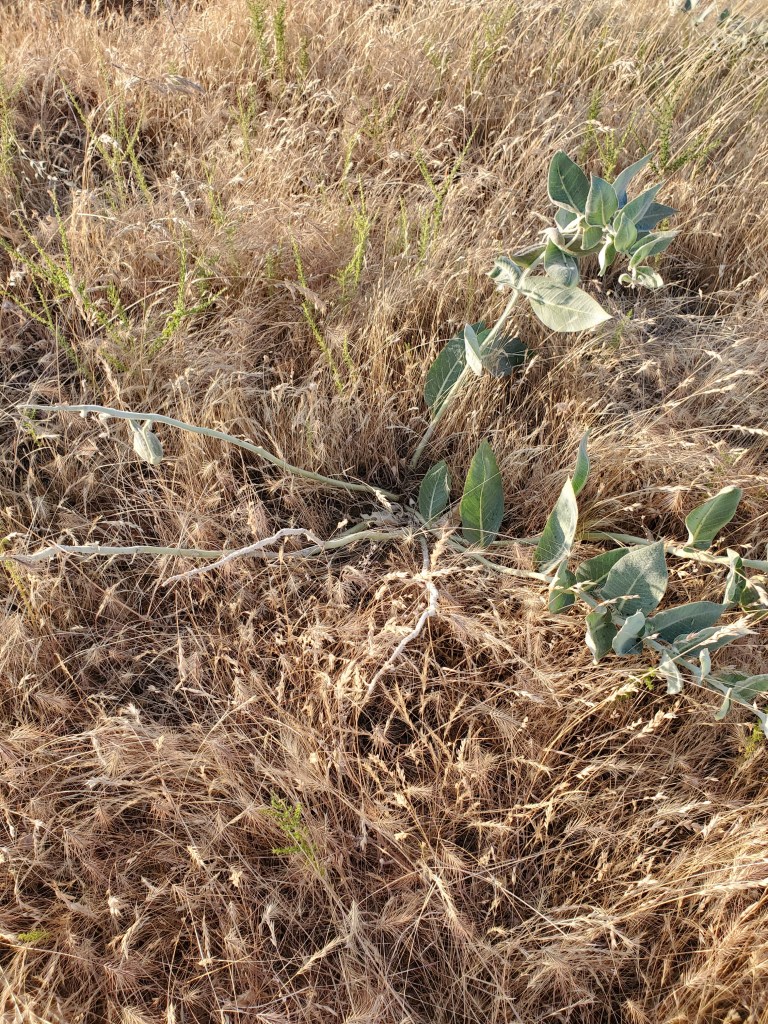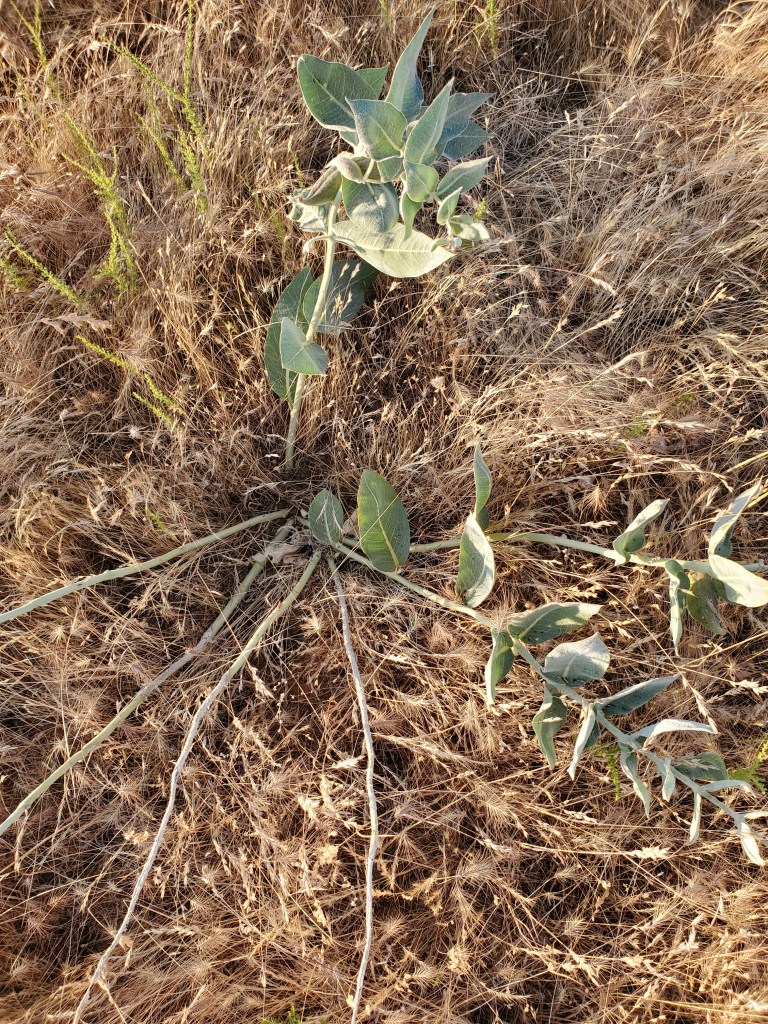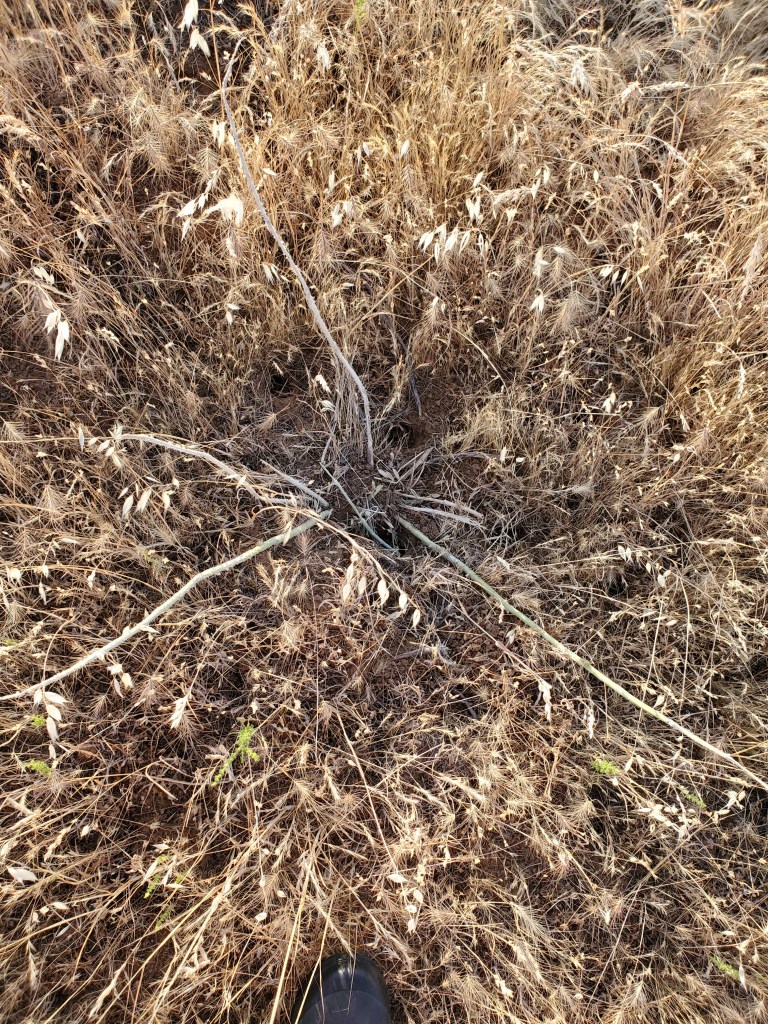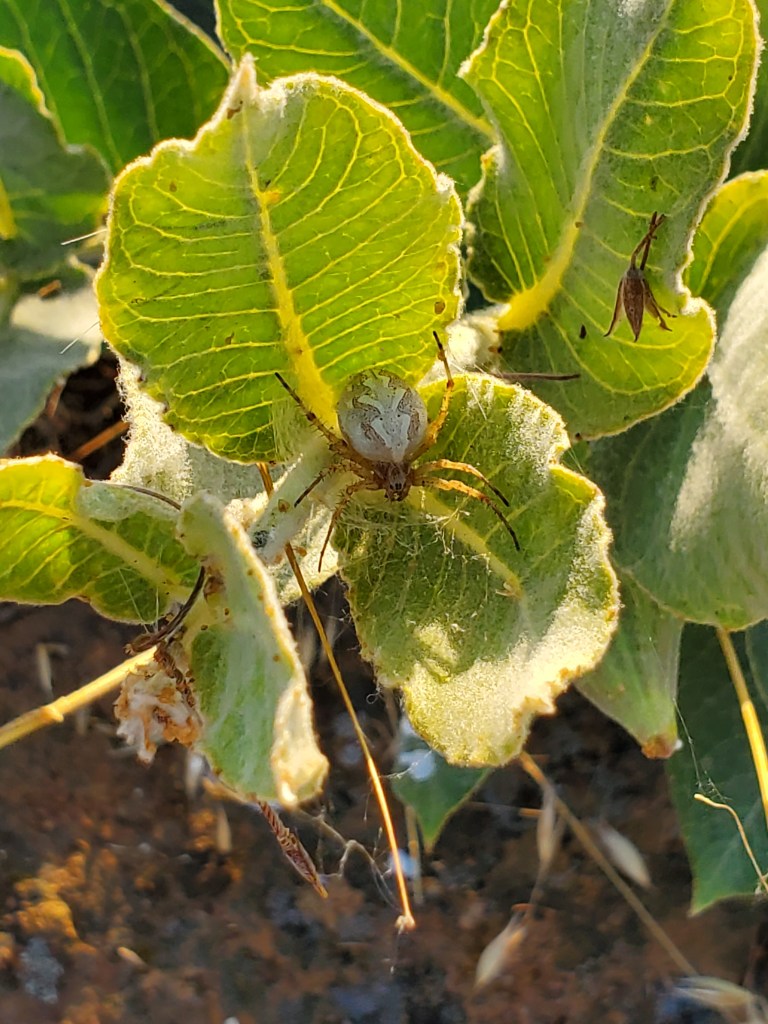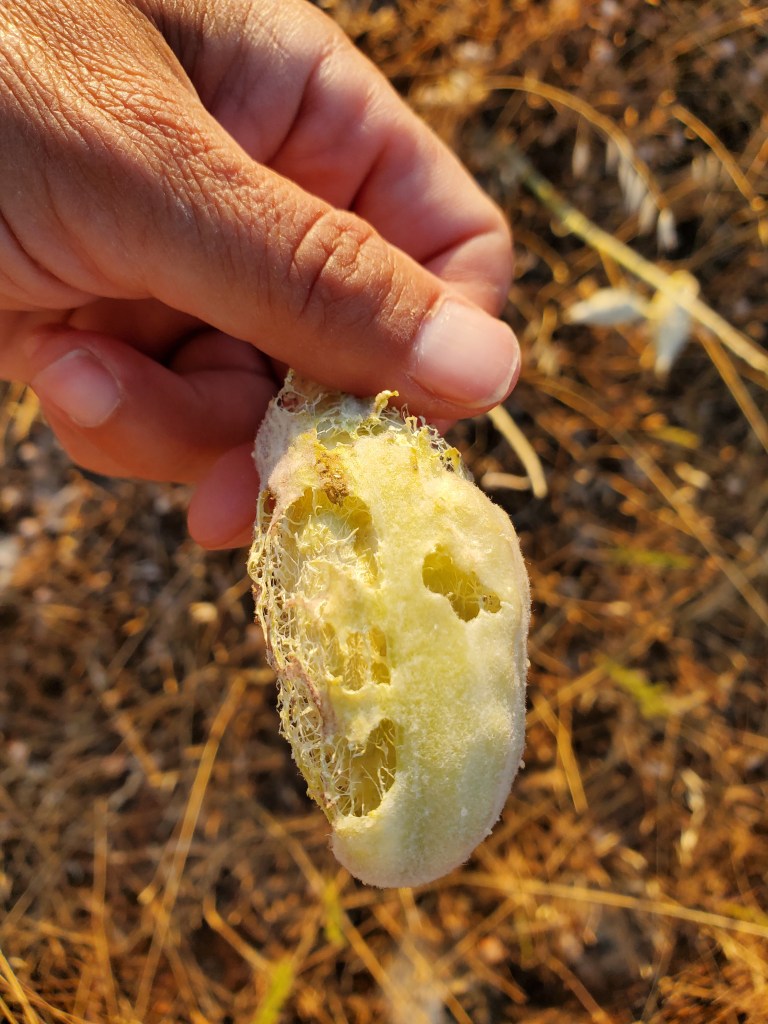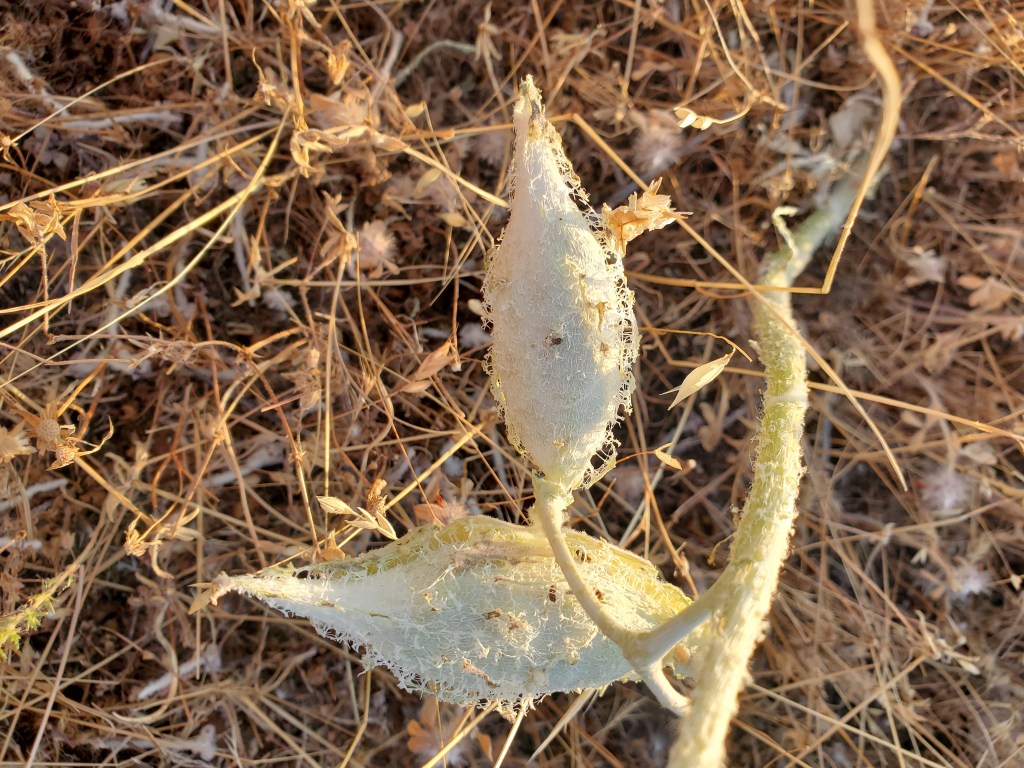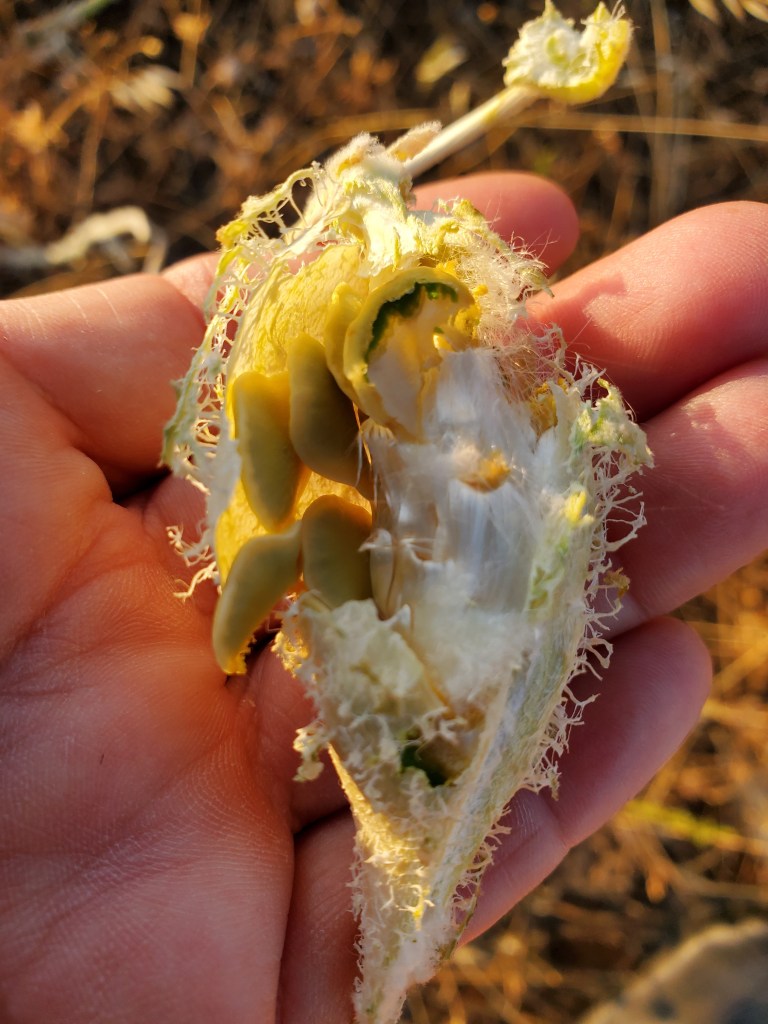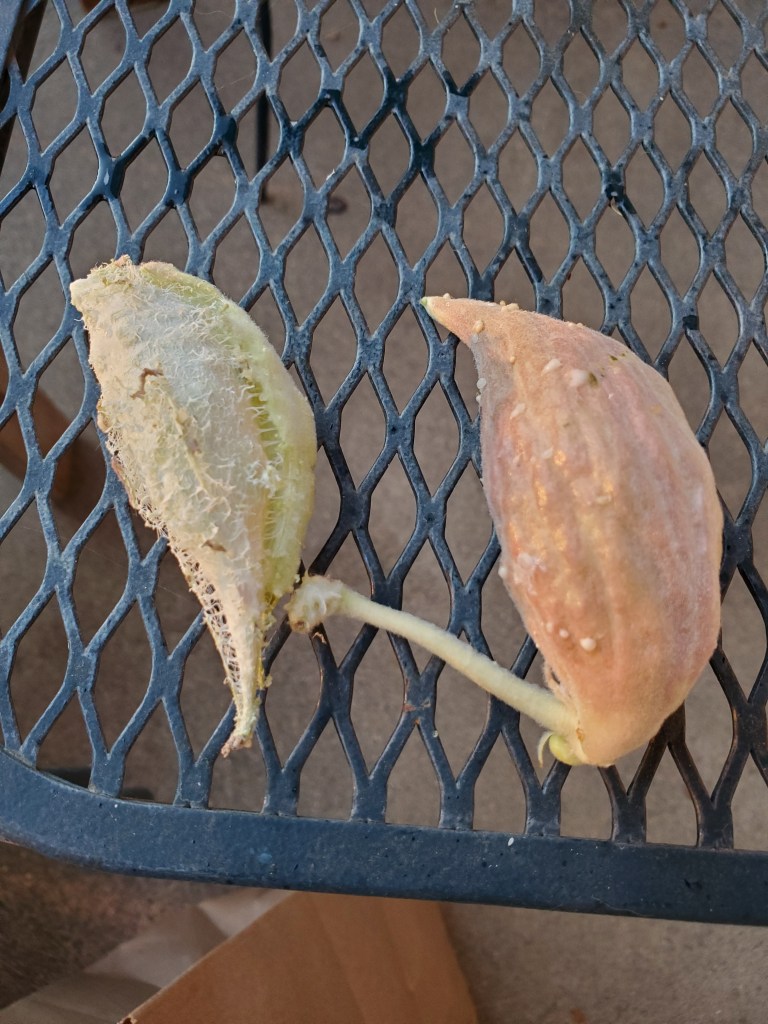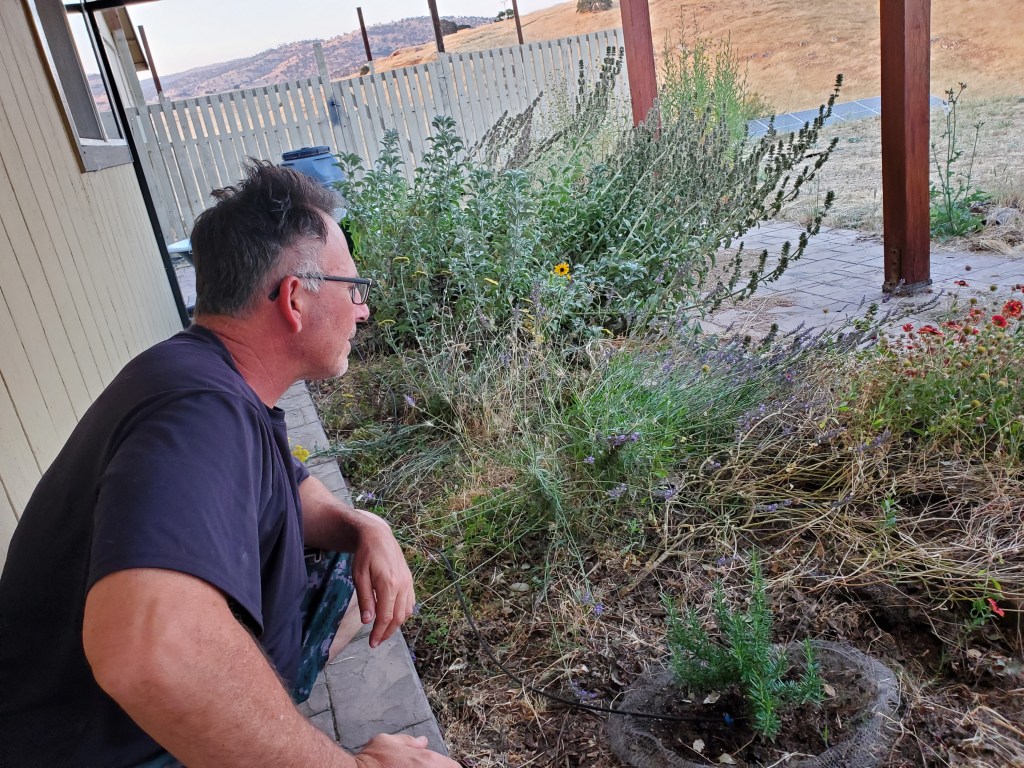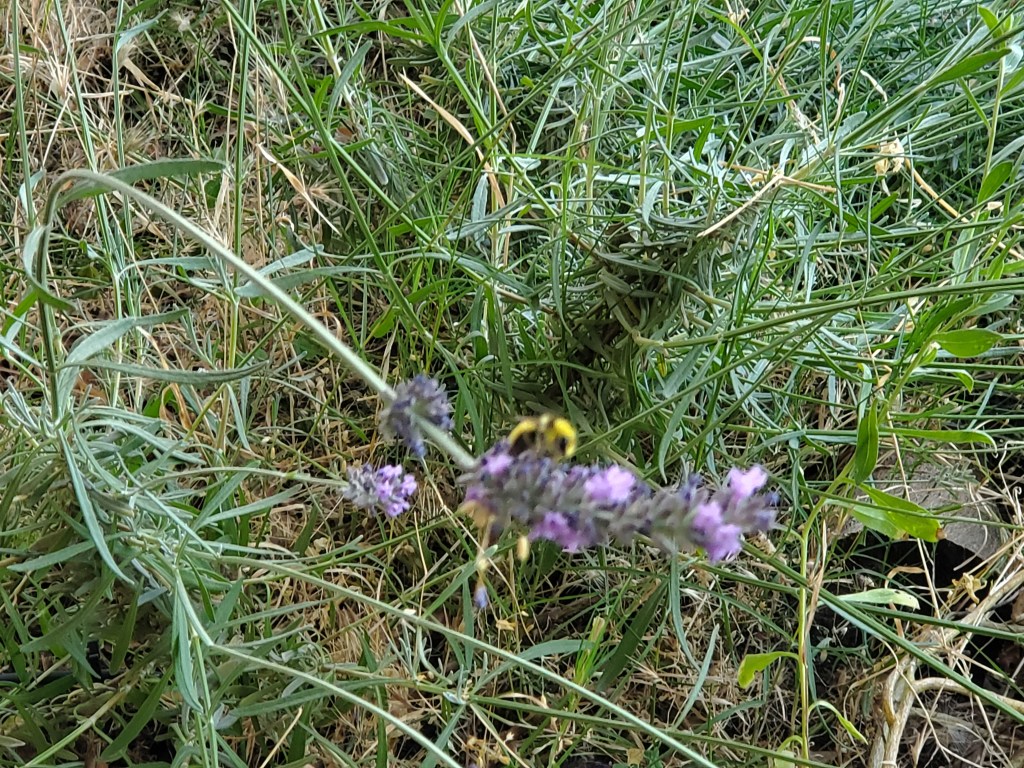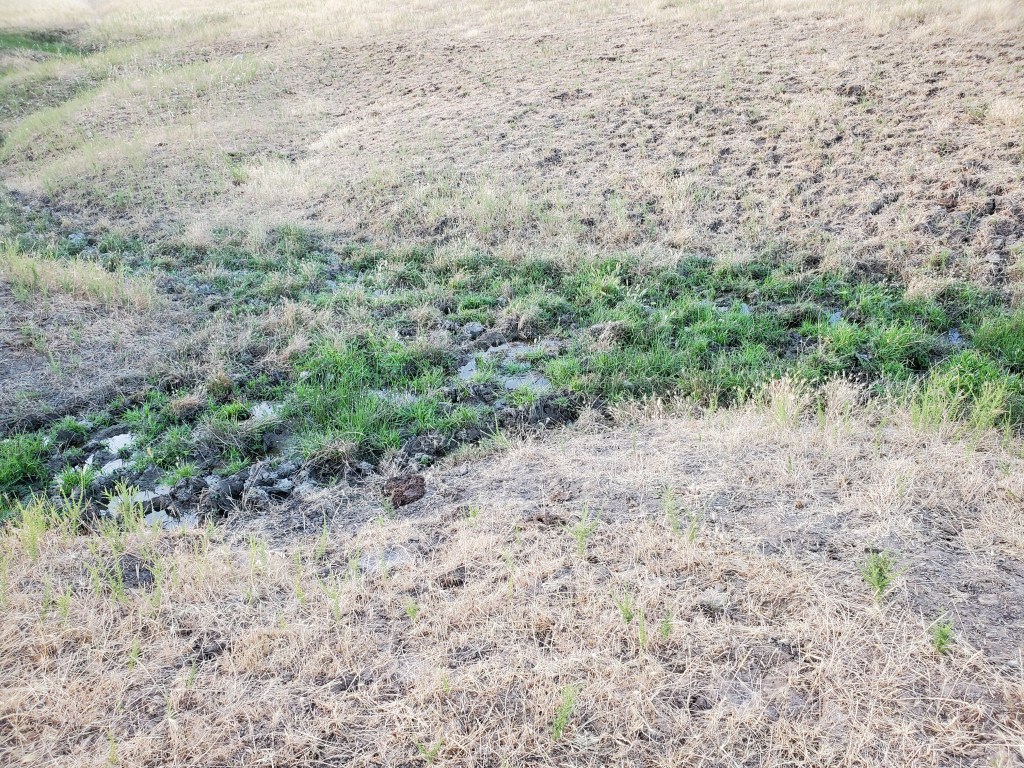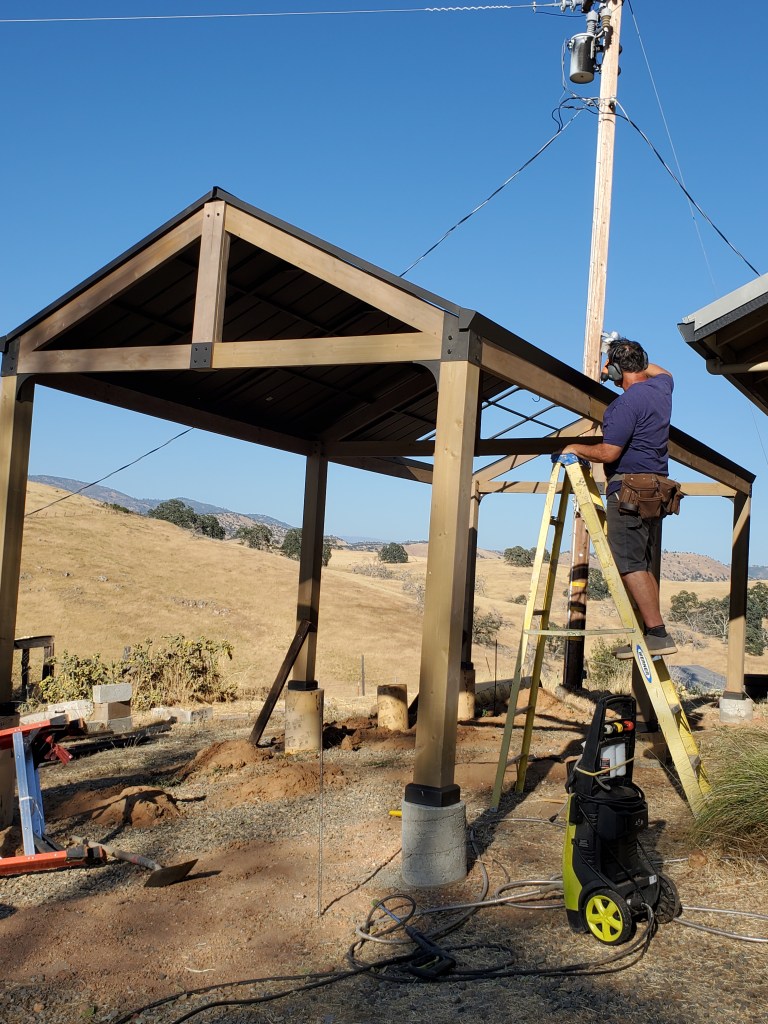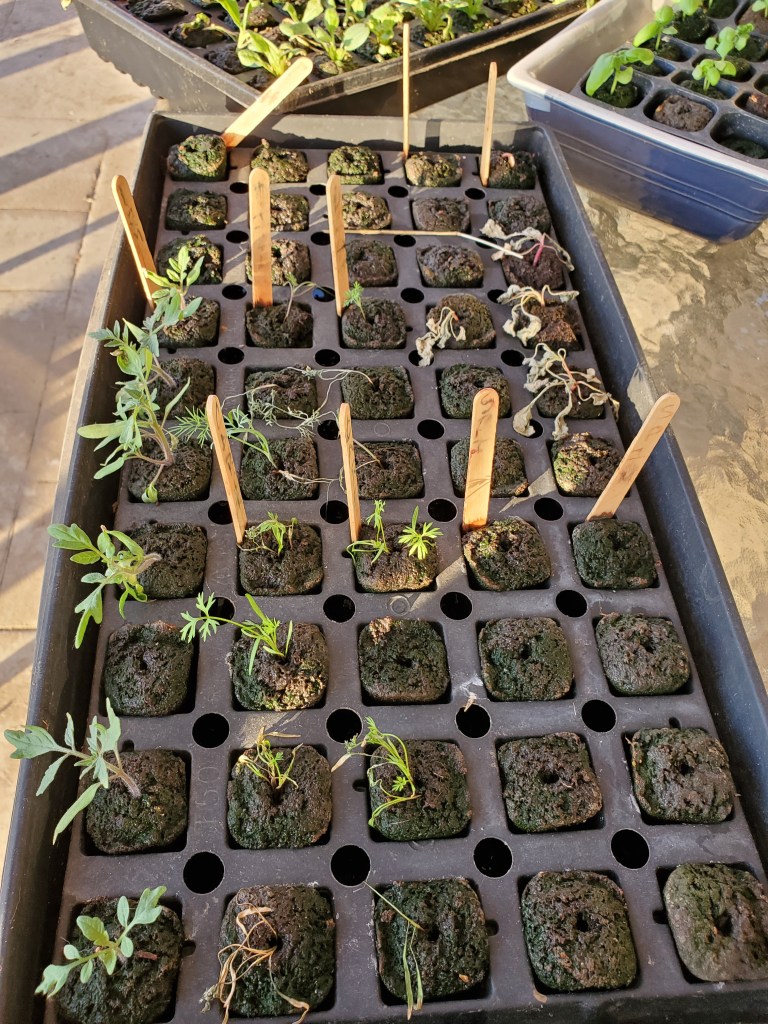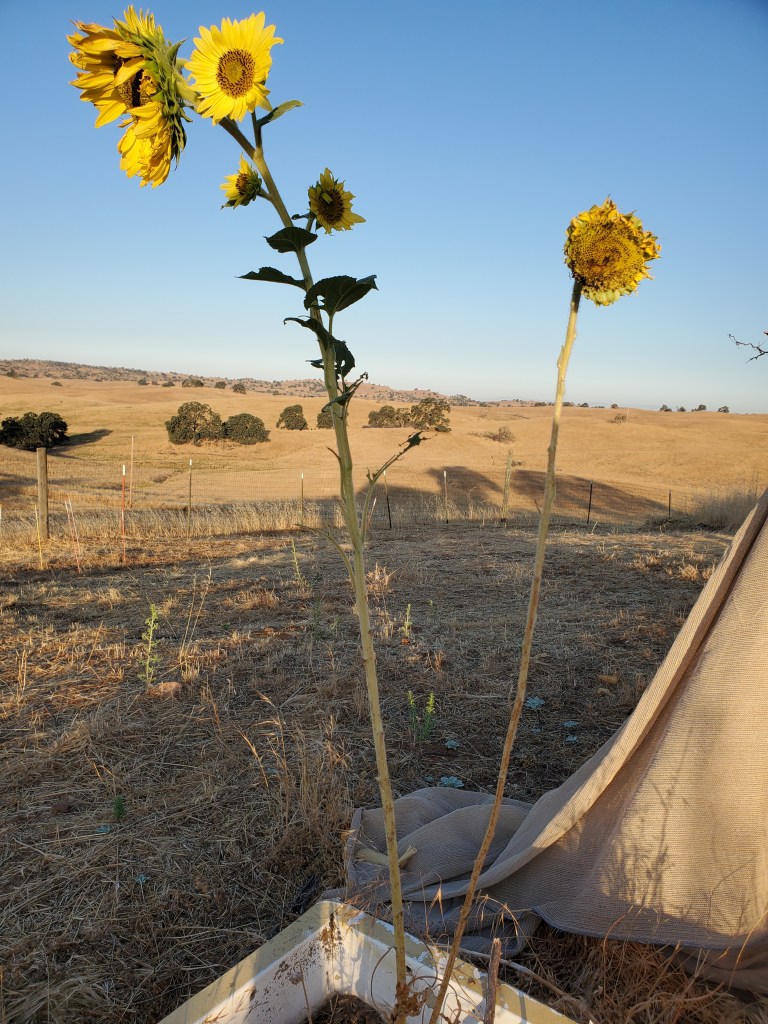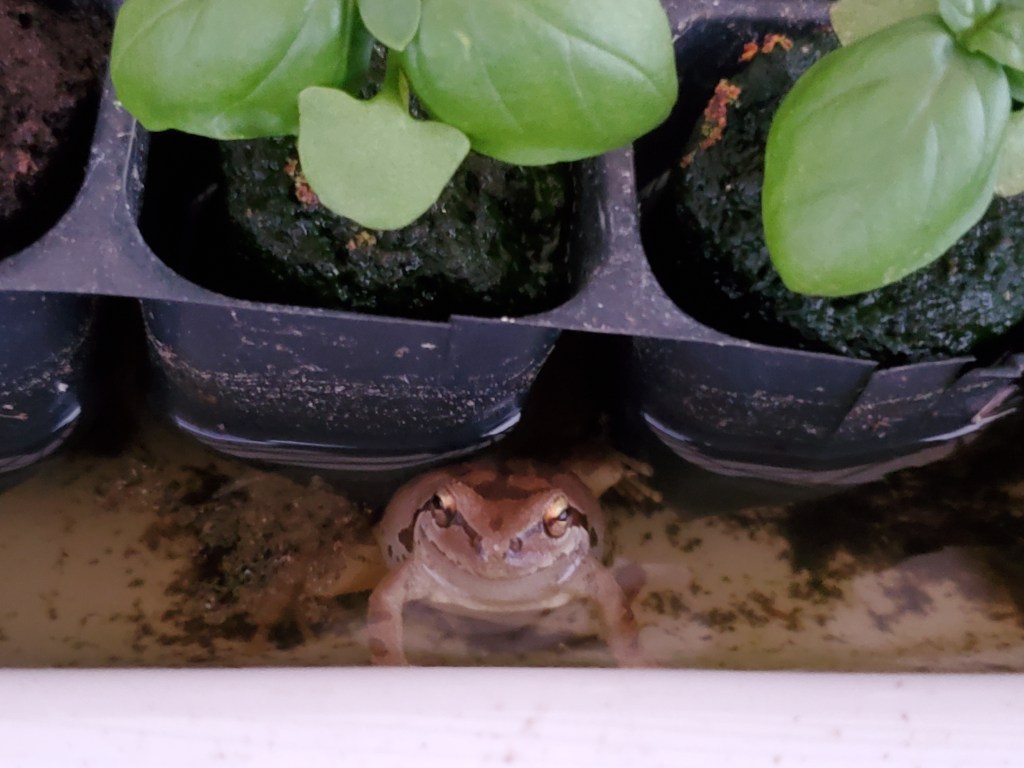
Despite the ongoing carnage wrought by the grasshoppers, I try to focus on the good things, like the myriad of frogs and toads in the garden. They are so cute to watch, and I know they are eating the grasshoppers. Although there are not enough of them to make a dent in the population of billions, I think the reason the willows and potted plants near the trough are only partially eaten is because Erma and her children live there. Yes, I said children. Guess what I saw…small toads hopping around! Our dear Erma is a mama. Before we get too sentimental, it is important to know that toads eat frogs and that they each eat their own. But…let’s hope each one of them focus on eating the abundant hoppers.


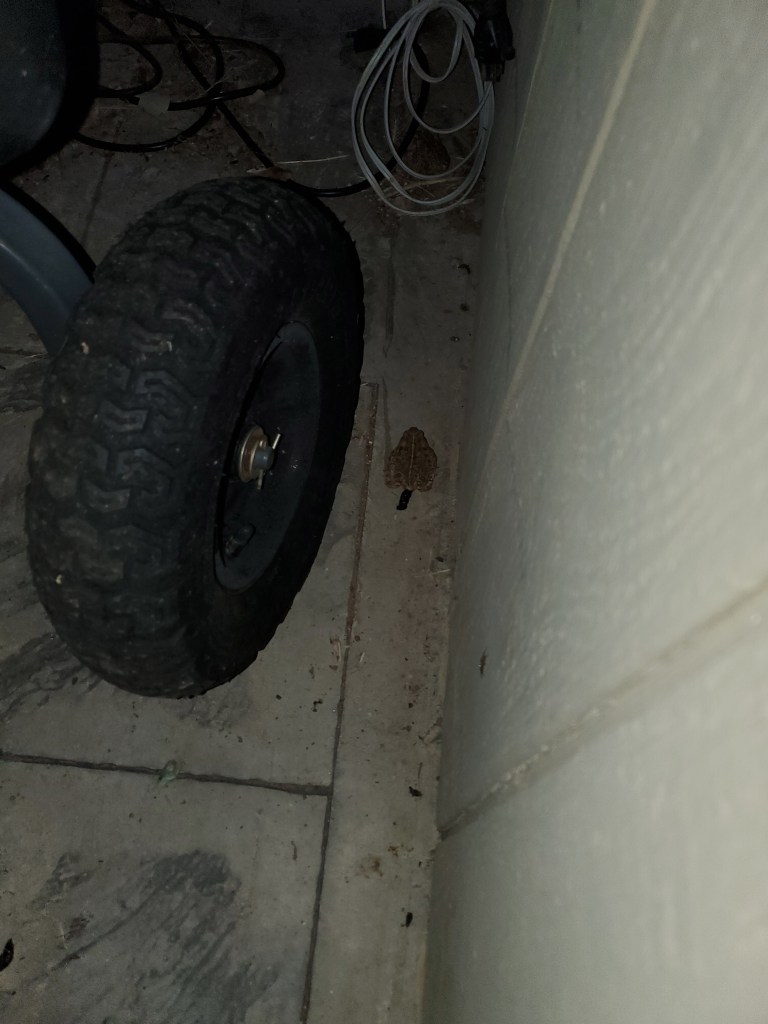
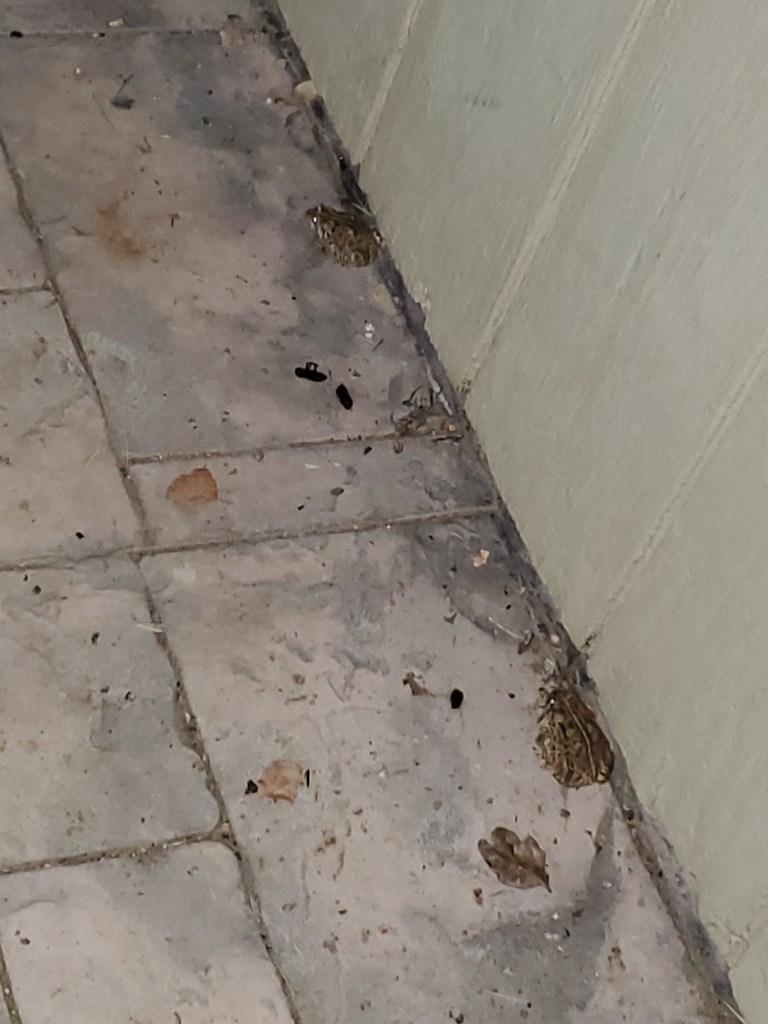
Rock and Log Drops Installed
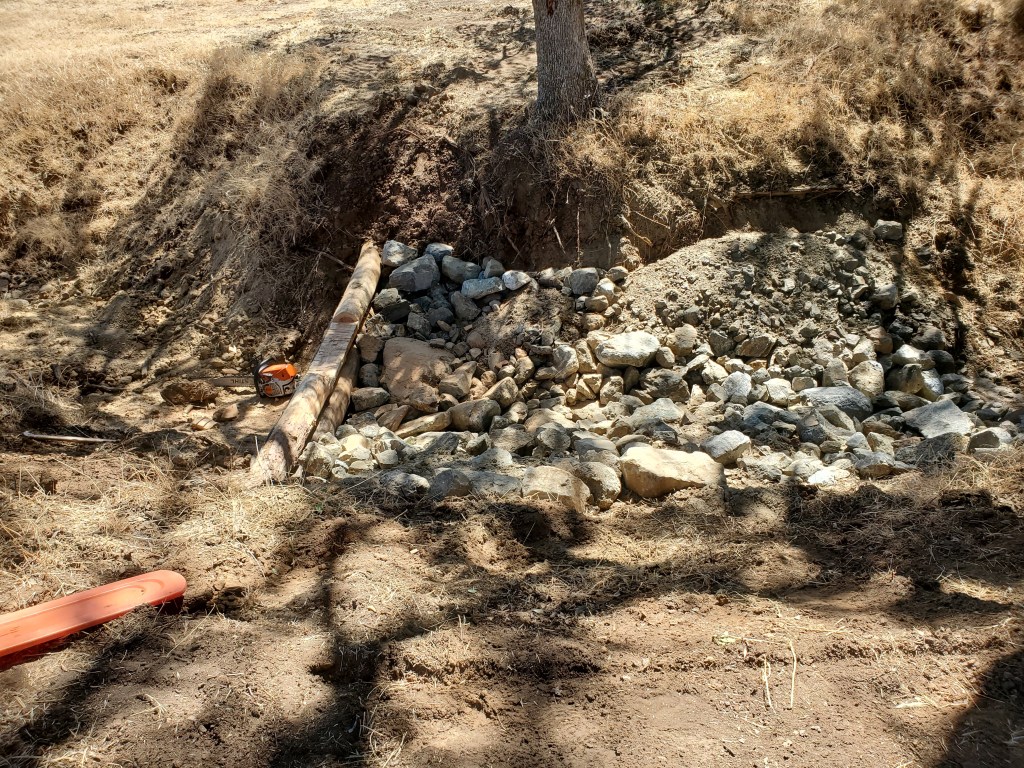

I am so grateful that the log drop and rock drop structures were finally installed. They were planned in 2021, approved for install in 2022 and finally done in 2023. It took so long, but they are in, and I love them. The idea is to slow runoff from storms so that more moisture seeps into the ground water fractures and stays deep instead of in the first few inches. Secondarily, the rocks will capture sediment to build up to the level of the creek banks over time and become a more lush location for plant life. Keeping sediment from washing downstream also helps to keep the water clean as well as eroding the banks more. There are many benefits, and I am excited to see what they do in next year’s storms.
RCD and Fish & Wildlife Visit

Some of my favorite people came to look at the log and rock drop structures and some of the other projects I have on the ranch. Melinda Barrett from Mariposa County Resource Conservation District and Rosie Gonzalez from Fish & Wildlife were pleased to see the progress being made and some of the benefits of the riparian fencing. After checking out the structures, we explored Odom Creek, Spring Creek and some downstream check dams. I really appreciate their extensive knowledge, so was grateful they were interested in seeing the status and outcomes of some of the practices I have been doing. Flora and fauna are thriving in Odom Creek. There are no grasshoppers in that area of the ranch and plants are still in bloom. We saw abundant California Hairstreak butterflies, Buckeye butterflies, some Red Admiral butterflies and native bees. We saw a doe on the hillside, which is rare even in the more forested midsection of the ranch. I found a narrowleaf milkweed covered by expended thistle that seems to be doing well. I was wrong about what I thought were black oaks. It turns out they were fig trees. They were next to a willow seedling. There was even one fruit on the young tree. We walked to the property line and found abundant watercress. Yum! The water in the creek is still running well. There are many deep pools for animals to propagate, water and soak.
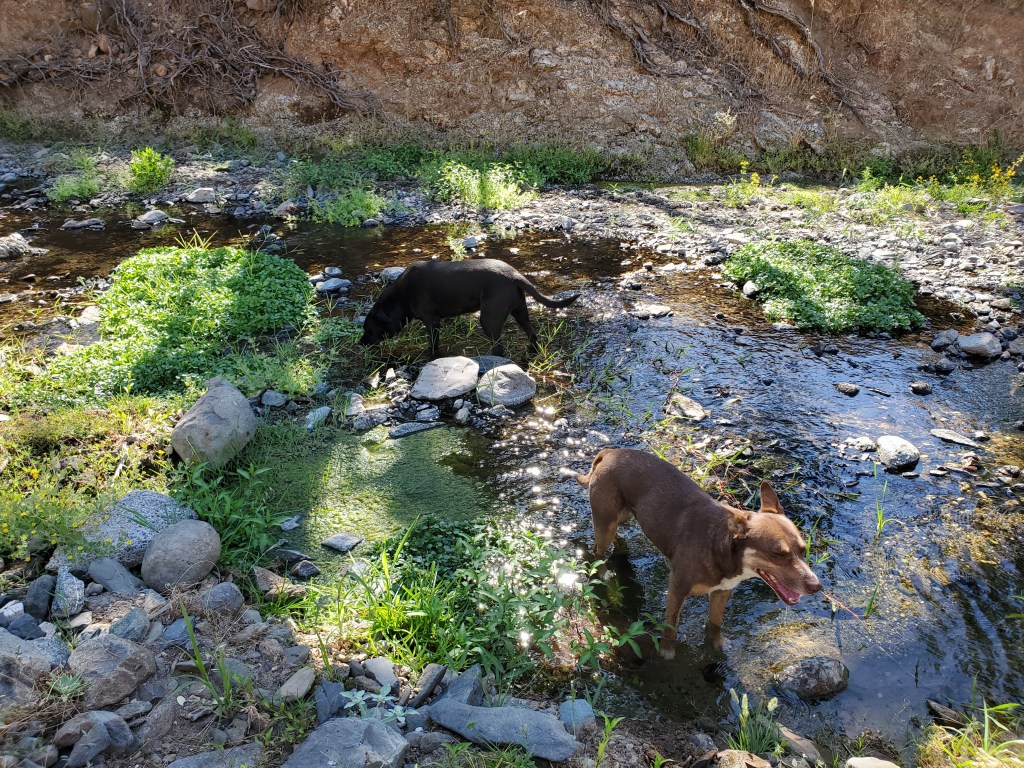
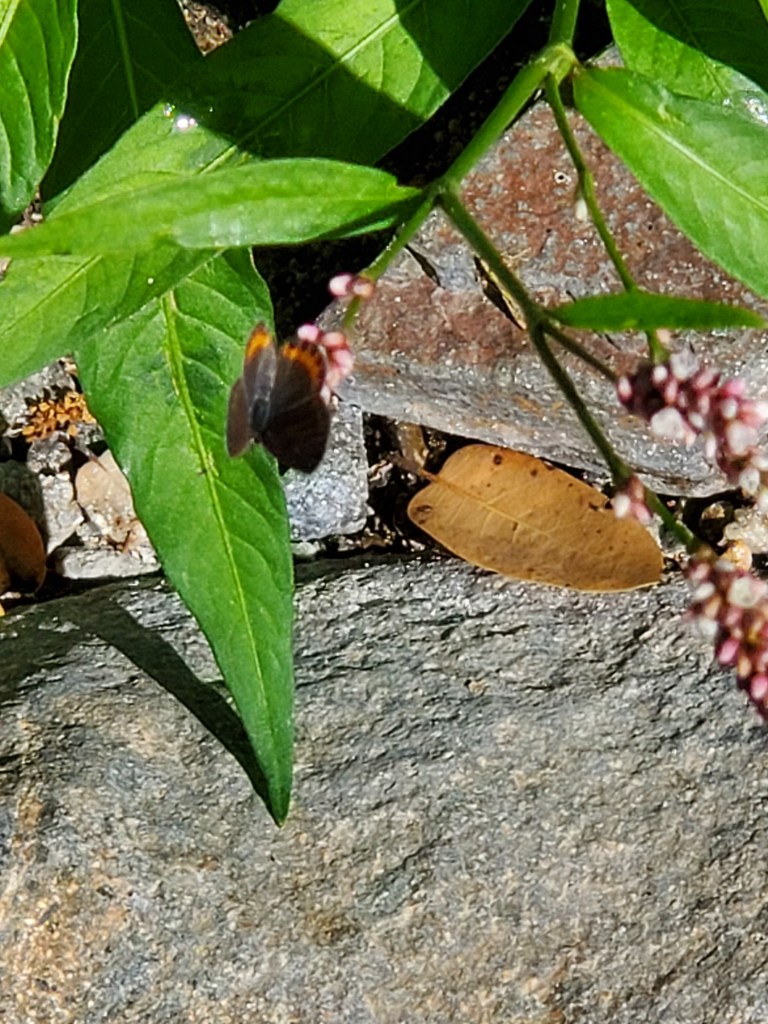
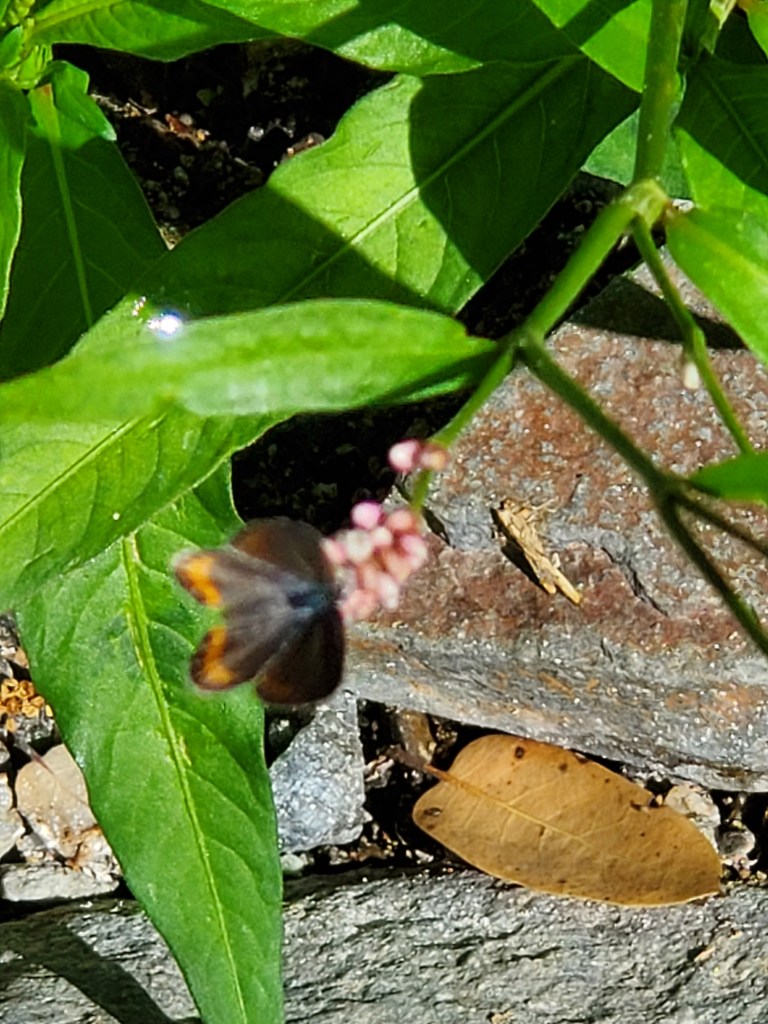

Wanderings
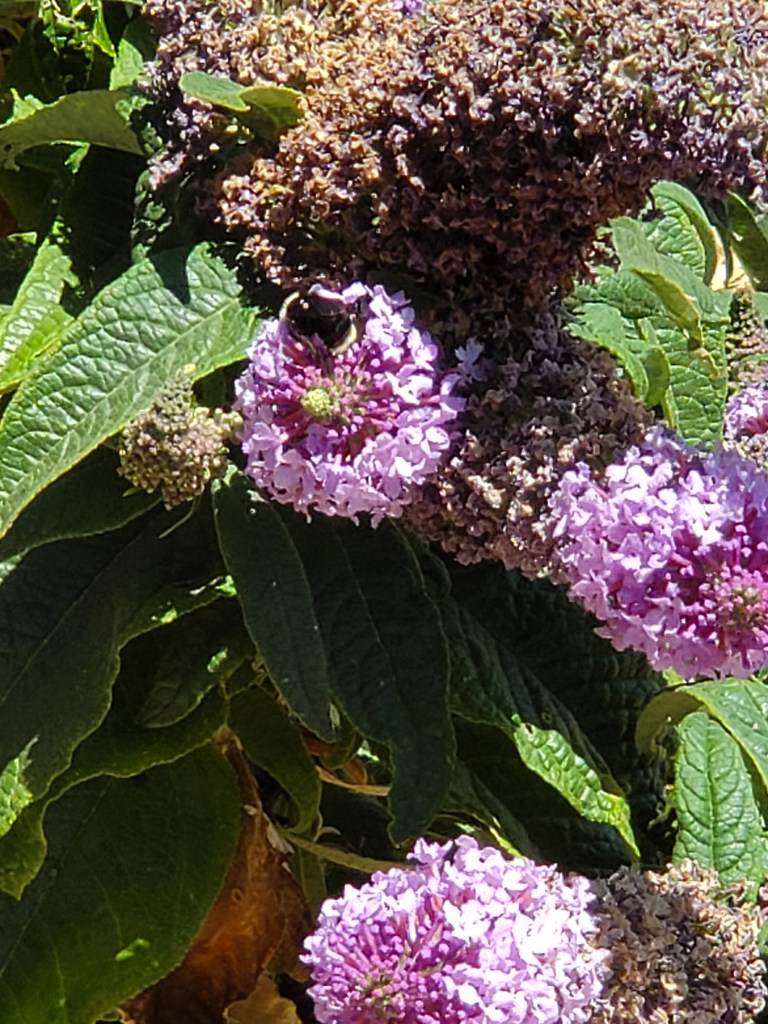
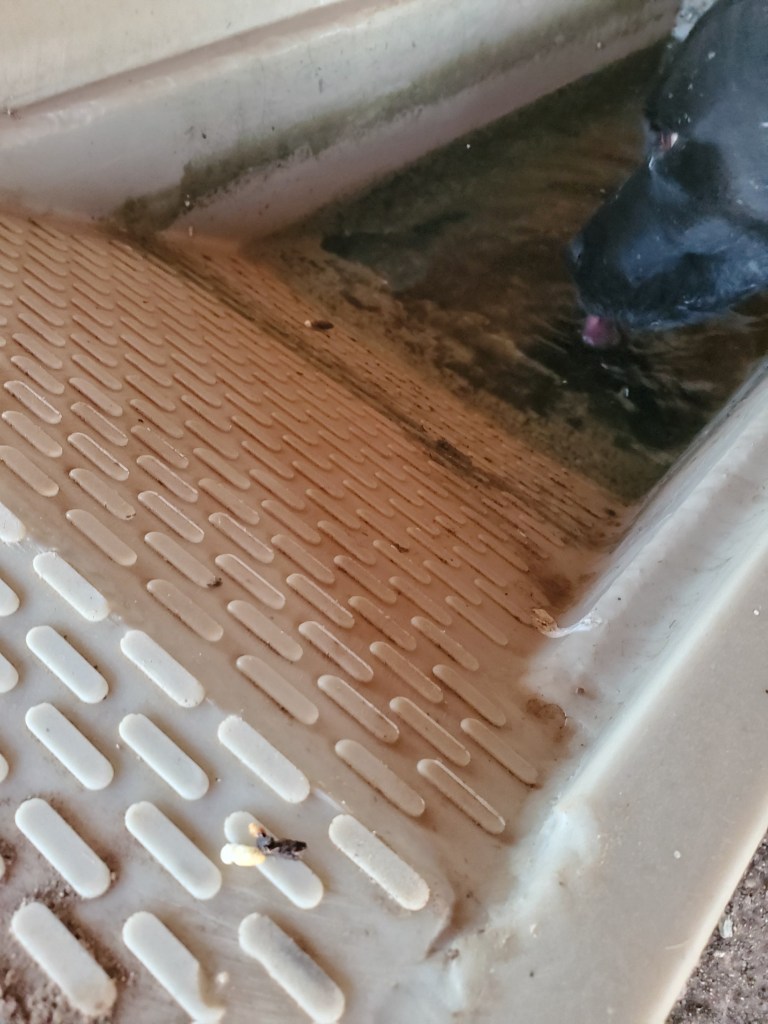
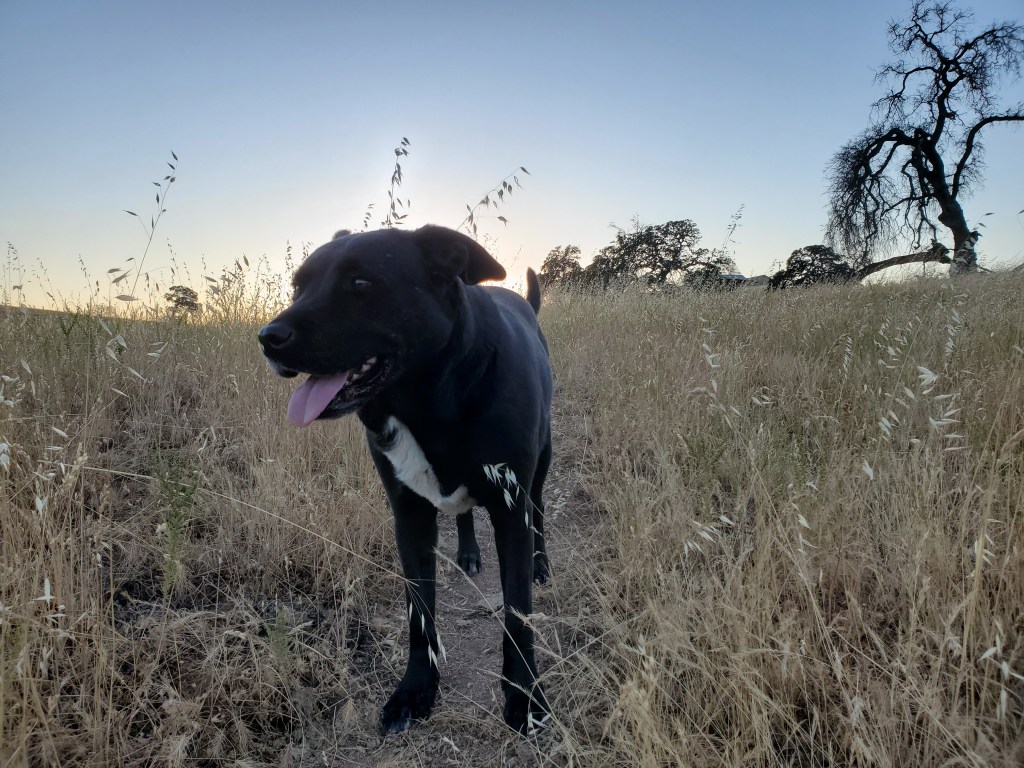

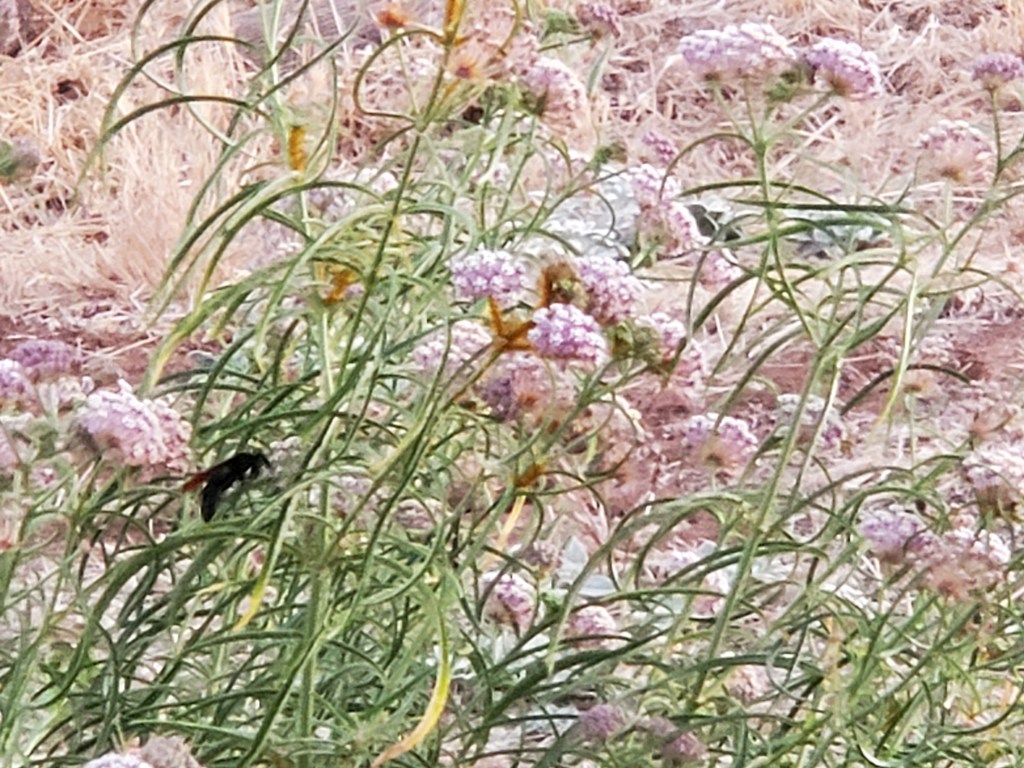
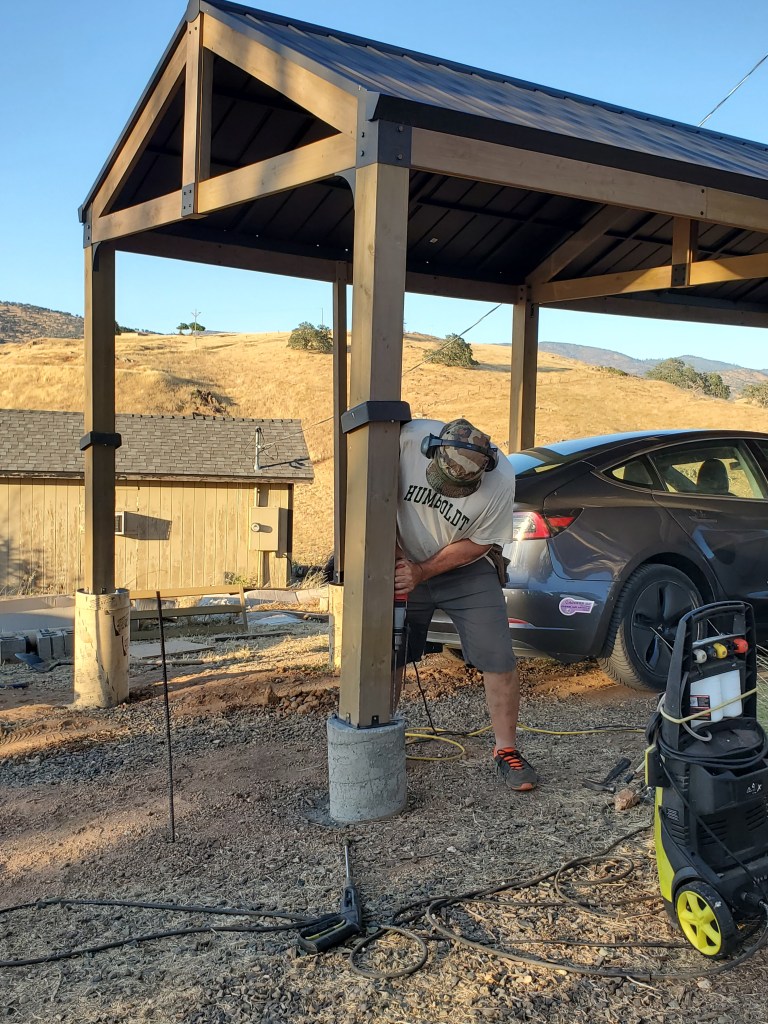
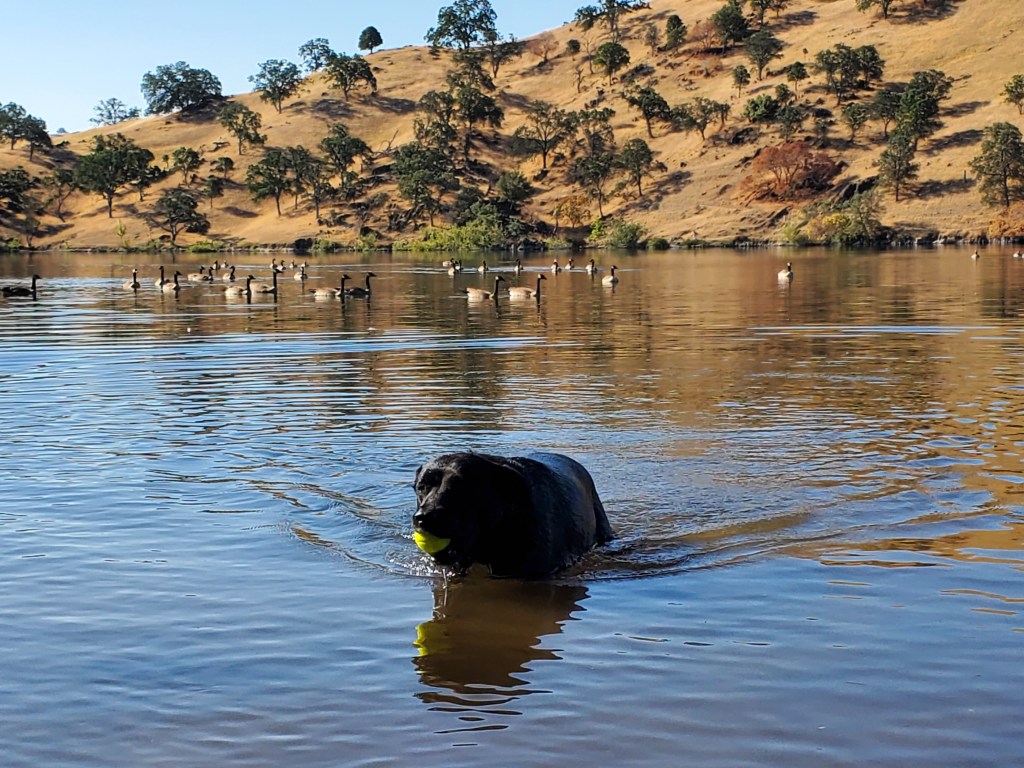
The Pain of Loss
I keep telling everyone that I have turned a corner in my emotionality, that I am not as broken as in years past when the hoppers have brought their deadly visits. I say I have finally put these losses in the category in which they belong, the one that says, “That’s the cycle of life.” In some ways, I have. However, the more I walk amongst the skeletal remains of plants, who were, only a week ago, strong, vibrant and filled with foliage, the more I feel that knot in my stomach. No, I am not crying, but it is because I have shed all the tears I can. The loss of my great grandmother oak in December took all the tears from my body, which has made me numb to all the other sadness that prevails here lately. It is my nature to be happy, so my psyche automatically attempts to buoy itself with the goodness I see – the mass of bumbles, native bees, abundance of toads, frogs, the cooler June, the still flowing water, the running of milkweeds and other native plants. But I also see the back-breaking work, the expense and the hope of help for monarchs all going down the esophagus of the grasshoppers. It isn’t just the plants that are now shriveled sticks, no leaves to turn the sun into energy and joy, that is me too for now.
